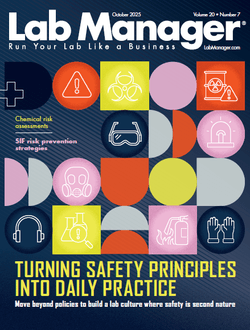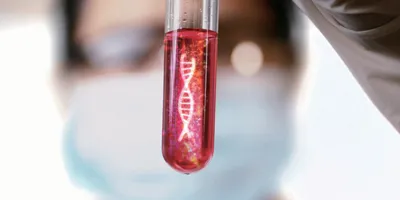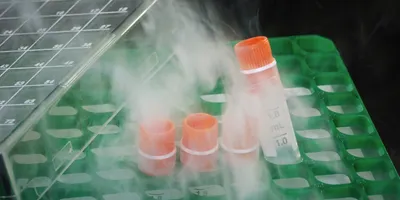Atomic absorption (AA) has been known since the 19th century, but it was not until the 1950s, thanks to efforts by Alan Walsh at Australia’s CSIRO research center, that use of AA spectrometers became routine for metals analysis.
AA measures ultraviolet light absorbed by hot, atomized metals. The absorbance wavelength is unique to every metal, but the signal intensity varies by concentration. Instrumentation is straightforward, consisting of a light source, atomizer and detector. Atomizers are traditionally high-temperature flames, but graphite furnaces and various plasma sources are also used. Light sources include hollow cathode lamps (most common) and diode lasers. Detectors are most usually photomultiplier tubes. AA could be considered for nearly any application that requires the identification and/or quantification of metals, including environmental analysis, forensics, archeology, mining, agriculture and quality control for contaminant, ingredient, or trace metal in foods, drugs, personal care products, paper, materials, and other products.
Chuck Schneider, business unit manager for PerkinElmer’s (Shelton, Conn.) inorganic analysis products, breaks AA instrumentation down into three categories: flame, graphite furnace, and dedicated analyzers. PerkinElmer further delineates these into entry-level systems and higher-end systems with more extensive automation, software, data handling, and the ability to switch back and forth from flame to graphite furnace operation.
Graphite furnace AA spectrometers are significantly slower than flame-atomizer instruments, but they provide several benefits. Because they concentrate the cloud of atomized metals, graphite furnace instruments require less sample than flame AA spectrophotometers— 20 μl vs. up to 5 ml. Sensitivity (ppb vs. ppm) is also higher in graphite furnace models.
PerkinElmer has recently completed a large survey of inorganic analysis customers and found that the top two factors entering into purchase decisions are customer service (including the salesperson’s knowledge and service support) and ease of use and setup for hardware and software. The third factor is the vendor’s reputation. Price is “fifth or sixth on the list,” Mr. Schneider says. “AA has got to be dead simple to use, because instruments are used by a lot of different people who may not have specific training in the technique. Years ago a lab might have had five people operating six or seven instruments. The number of techniques has remained the same, but the number of analysts might be down to two. Lab workers need to be generalists.”
With more or less the same hardware technology accessible to all manufacturers, Yong Xie, AA product manager at Aurora Biomed (Vancouver, BC), believes that some vendors err in focusing on the hardware and automation alone and not enough on the ease of use—a factor noted in the PerkinElmer study. “The computer industry has made huge progress in both hardware and software,” he says, as have advances in automation, autosampling, and unattended operation. Since these advances won’t help with detection limits or other fundamental performance factors, “they are best applied to enhancing the user experience, to provide the most convenient environment for operating the instrument and achieving desired objectives.”
Recently Released AA SPECTROPHOTOMETERS
 ContrAA® 600
ContrAA® 600
- Optimizes the advantages of high resolution continuum source atomic absorption spectrometry (HR-CS AAS) specifically for the graphite furnace technique
- Allows the analysis graph and the total spectral environment can be recorded simultaneously
- Makes it possible to analyze molecular bands
Analytik Jena AG
www.analytik-jena.com
 Accusys 211
Accusys 211
- Shipped ready for use
- Features a hands-free ignition for added safety
- All operating conditions are pre-loaded in the internal computer
- The three-lamp turret has individual controls for alignment and standby mode to keep lamps warm
Buck Scientific
www.bucksci.com
 PinAAcle 900
PinAAcle 900
- Flame only, furnace only, or space-saving stacked designs featuring both available
- Includes flame, furnace, flow injection, FIASfurnace and mercury/hydride capabilities on a single instrument
- Choice of Deuterium or longitudinal Zeeman background correction
- TubeView™ color furnace camera simplifies autosampler tip alignment and sample dispensing
PerkinElmer
www.perkinelmer.com
 iCE 3300GF
iCE 3300GF
- Provides high levels of sensitivity and efficiency for trace elemental analysis
- Capable of reaching parts per billion detection limits for a wide range of elements
- Additional or alternative option for laboratories using flame AA or ICP, but requiring
- higher sensitivity
- Wizard-driven SOLAAR software provides simplicity and accessibility
Thermo Fisher Scientific
www.thermofisher.com









